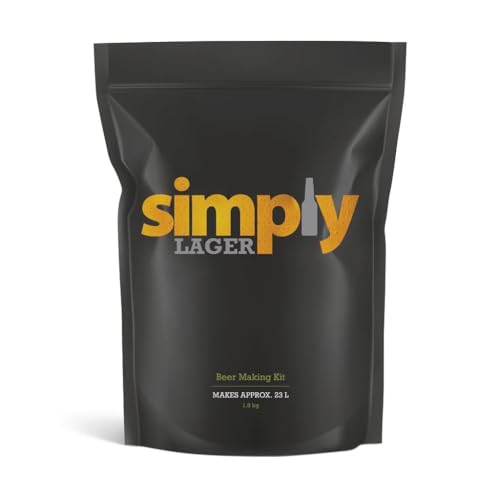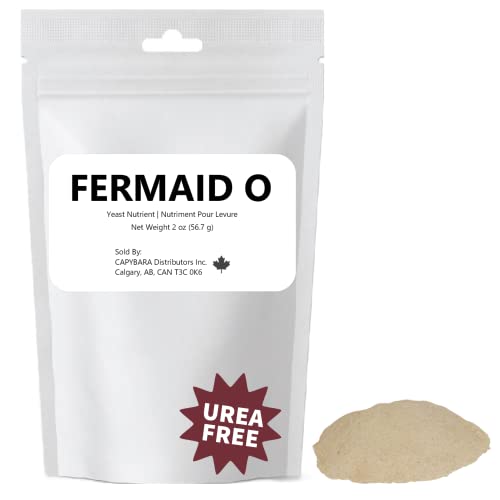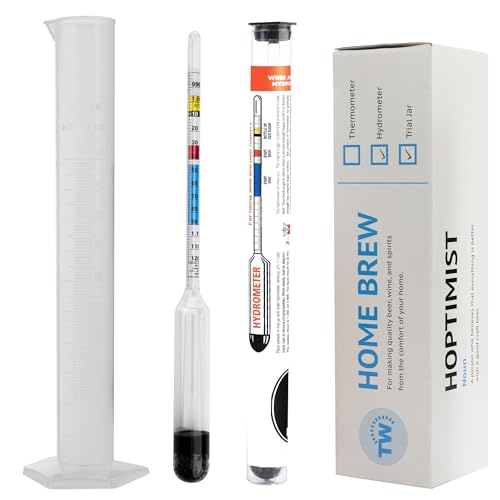You are missing the point. I agree every brewer has to adapt to the unit they purchase, but there aren't pages on multiple forums about the Grainfather, Klarstein and Brew Monk, etc. complaining about the units or having to use a bag to get them to work to some sort of satisfaction.
.................I was making the point that it is the Brewzilla Gen 4 which has far more than its fair share of disgruntled users compared to other units on the market, ............
The BZ G4, has a profile that is relatively tall and narrow compared to some other systems, though I don't know the exact height to diameter ratios of all the systems you've listed.
Grain bed compaction is always going to be a more likely issue in a tall narrow system like the BZ, than in a short wide one. Someone switching from a wider system, or following good advice meant for those, might be trying methods not suited to the BZ.
Since switching to a method to avoid grainbed compaction, based on G Wheeler's dough in advice, my BZ G4 is finally always working well.
I did get a replacement system (from Kegland). The initial one sent, had a poor fitting false bottom, with 2-3mm gaps in two places from the outer wall (due to tollerances & a slightly elliptical body).
Apparently the early design had a bottom (with two lift eyes), that was so tight fitting, it could be very difficult to remove. So they re-designed it for a looser fit, but perhaps too loose.
Maybe the poor fitting bottom, wouldnt have mattered to much. As to date, I've only found any grain on my false bottom in a single brew. And that was a stuck mash, where overflow including grain, went down the lift holes.
I don't recall seeing any of reports of a "blocked pump", where grain or flour was actually discovered inside the pump.
An airlock in the pump, from air or steam having been sucked in, can make it stop pumping. Usually just switching the pump off, and lifting the sparge hose up high will clear it. Sometimes removing the sparge arm, or blowing down the hose might be needed (same as BZ 3.1.1).
But even with the good fitting bottom, I initially had a few problem brews, many slow/ stuck mashes, and once a thick layer of burnt flour on heater (with an overheat shut down). That was after frequent stirring (of a wheat beer), needed to keep any mash recirculation going.
Target.
The grain bed itself is the real filter, not the malt pipe base or false bottom. When it's working, the grain bed will catch any circulating fine crush and flour. Bits that escape during dough in, are hopefully filtered out during recirculation.
Why stir?
If recirculating, and wort is already passing all the grain, stirring won't have much impact on efficiency.
If the grain bed becomes compacted, recirculation/malt pipe draining will be reduced or stuck. The stirring 'remedy', will disrupt proper grain bed filter action, even where husks etc are used.
Stirring can separates a load of the fine crush and flour, previously trapped in the grain bed. This can now escape with the recirculating malt, to maybe settle on the base, or in the pump, or get back to malt bed where it will form a top layer of mostly just the fine stuff - which will likely soon need stirring.
Solution.
After dough in you never want to stir!
Avoid need to stir, by avoiding a compacted grain bed.
An uncompacted grainbed needs to stay 'floating' throughout mashing, so needs enough water for the grain to remain covered once fully hydrated.
Avoid a very stiff mash. A thinner mash might need a slightly longer mash time, but could end up much faster than a thick mash that gets stuck! For a 23l batch, I now use 20-23l strike water.
Roughly premix all the dry malts / husks / etc, as there's no mixing after dough in, but you want all coarse / fine / flour ingredients evenly distributed.
Add any wet ingredients after dough in, or gradually during dough in if there's a lot.
Wheeler's advice:
At dough in, add grain to water gradually, with minimal stirring - just enough to break up any dough balls. This is to avoid knocking off the tiny air bubbles, attached to grain surfaces. These bubbles increase the grain buoyancy, so giving a more open (less compact bed).
Lowering a dry filled malt pipe, into the strike water, won't give that effect. As it enters the water, the full malt weight (grain weighing more in air than in water), is mostly being taken by the bottom layer of grain, making it more compact.
DON'T use the the top plate while mashing. It's extra weight, makes bed compaction more likely. Providing there's a layer of wort covering the grain, that alone, will distribute recirculating wort evenly.
(Add top plate for sparge, but not till after draining).
After dough in, allow a grain bed rest of 15-20min, for the grain to hydrate and the bed to stabilise.
The grain bed hopefully has the all coarse / fines / flour parts fairly evenly distributed, and once hydrated, imagine these being loosely locked together.
Then
recirculate at a slow rate for 10min.
Then increase rate to highest possible flow, while
keeping wort level rise (in malt pipe) to less than around 2cm. Any more and the differential pressure, due to difference in liquid levels, can cause compaction. The most extreme differential case, is where there's air under the malt pipe.
From start of dough in, and during the grain bed rest, I do 'outer recirculation' at max flow. With the sparge hose stuck down a malt pipe lift hole, so flow runs outside the malt pipe. This stops the wort temperature dropping too much over the rest, and helps keep any flour that falls from pipe at dough in, in circulation. Rather than it settling out on the heater (and scorching later). Any circulating flour, will be caught in the grain bed, when normal recirculation starts.
For a fast drain while sparging, maintain the uncompacted grain bed when lifting the malt pipe.
Try to lift it slowly, so grain bed base isnt compacted by a sudden lift, causing a large weight of grain + wort above. Lift gradually, so wort visible in pipe stays no more than around 5cm above the surrounding wort level. Continue lifting at same speed, once wort is no longer visible, and leave pipe in half lifted position, till wort stops draining.
Following that method, same recipies that previously always failed in my BZ G4, now always work. And I don't need the two bags I'd ordered in desperation!
Care is more important, for recipes with a large grain bill, or more flour (fine crush or high % wheat grain).

































![BREWING THERMOMETER STICKERS ACCURATELY MONITOR FERMENTING BEER & WINE LIQUID TEMPERATURES 5PCS HOME BREW SPIRITS WINE LCD ADHESIVE [US]](https://m.media-amazon.com/images/I/311DDjo2X3L._SL500_.jpg)








